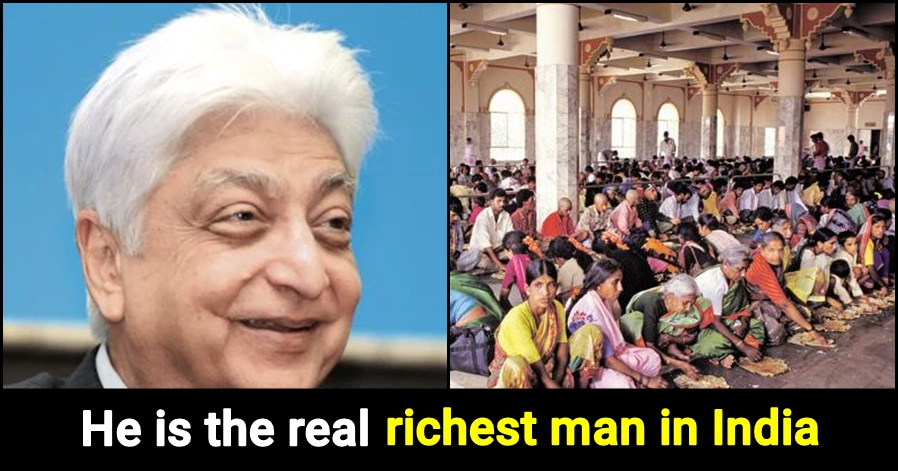No products in the cart.
India had the fastest wage growth last year- says a global report
The salaries have been increasing in India at a brisk pace compared to other South Asian nations, as per a recent report released by the International Labour Organisation (ILO) showed. Talking more about the rapid economic growth than in other regions, employees in Asia and the Pacific have relished the highest salary hike among all regions over the period 2006-17, with some top countries like China, India, Thailand and Viet Nam leading the way, the Global Wage Report 2018/19 added.
As far as South Asia is concerned, India topped the list with average real wage growth in 2008-17 at 5.5 against a regional median of 3.7. Nepal followed next on the list at 4.7, Sri Lanka at 4, Bangladesh at 3.4, Pakistan at 1.8 and Iran at 0.4 respectively.

The report added that the emerging G20 countries barring Mexico saw a massive growth in average real wages between 2008 and 2017. The real wages are rising faster in poorer nations compared to the developed economies where the growth is still inactive.
But what’s the big difference is that in many low and middle-income economies, wage inequality still continues to remain very high. In these countries alone, the real wages are often insufficient to meet the needs and wants of workers and their families, says ILO report.
All in all, under PM Modi government, India is doing much better than its neighbours. It is well ahead of the developed countries in terms of the growth in wages. The report adds further that India topped in wage growth in South Asia between 2008 and 2017.
“The India Wage Report shows that low pay and wage inequality remain a serious challenge to India’s path to achieving decent working conditions and inclusive growth,” ILO’s India Wage Report had said.
“low pay remains pervasive and wage inequality is still very high. In 2011–12, the average wage in India was about Rs 247 per day, and the average wage of casual workers was an estimated Rs 143 per day,” the report added.








